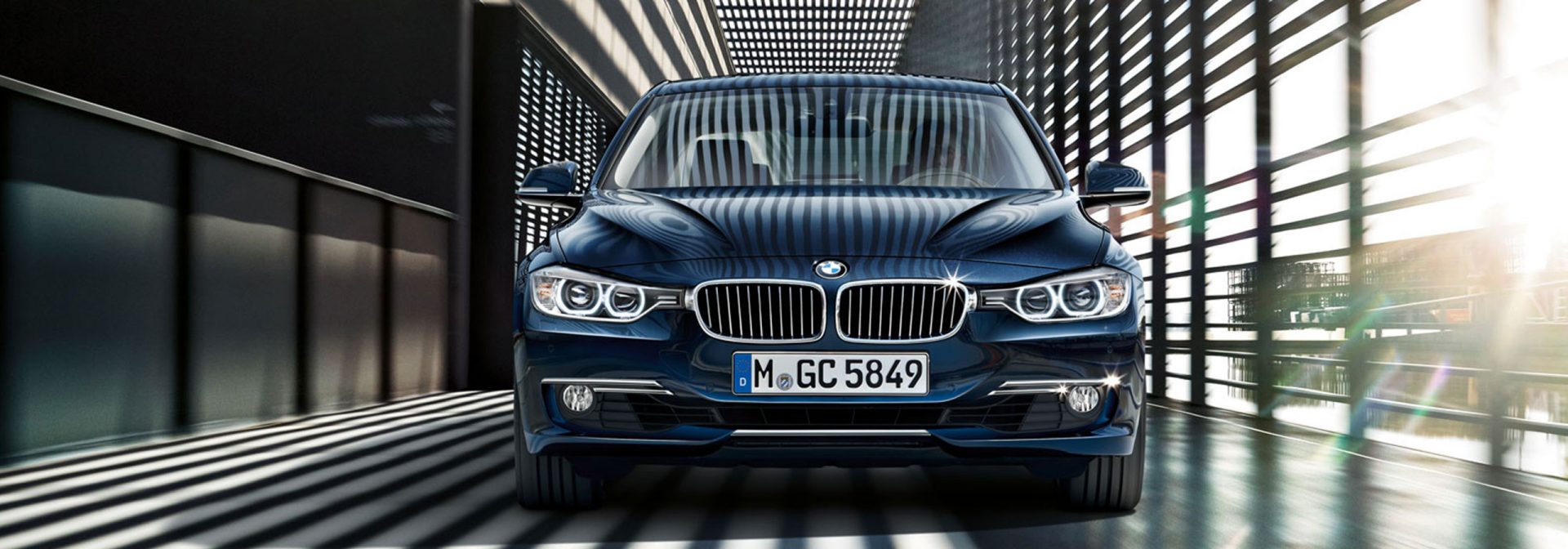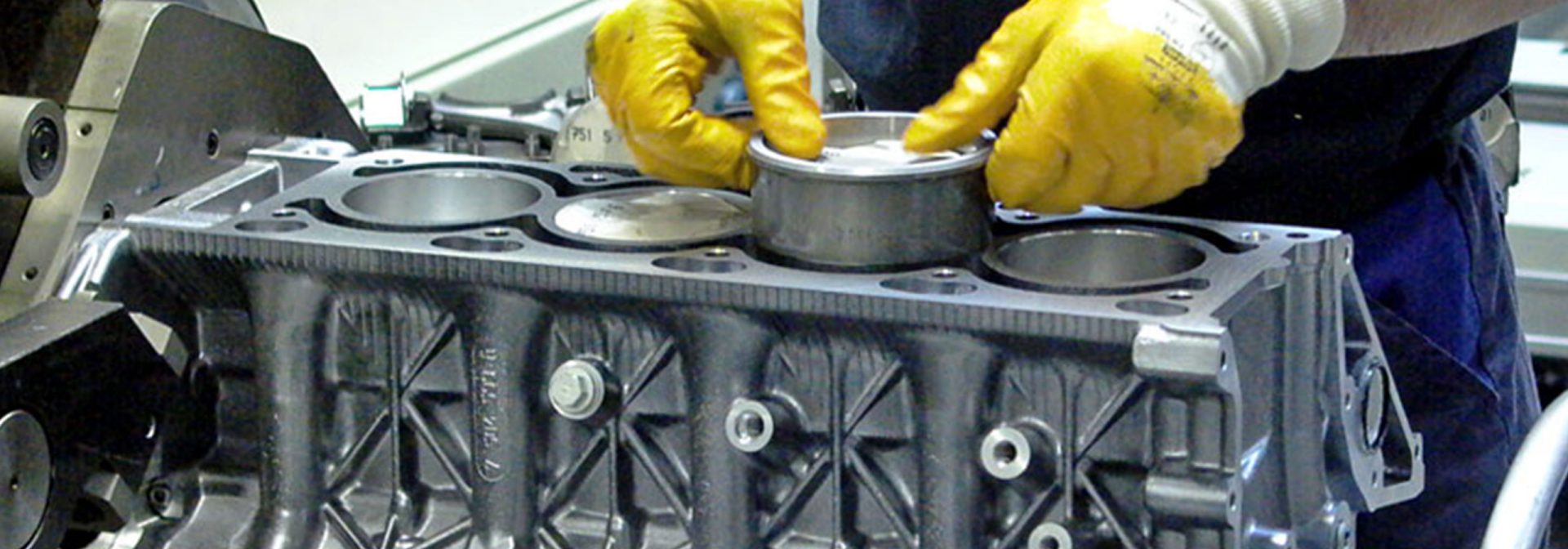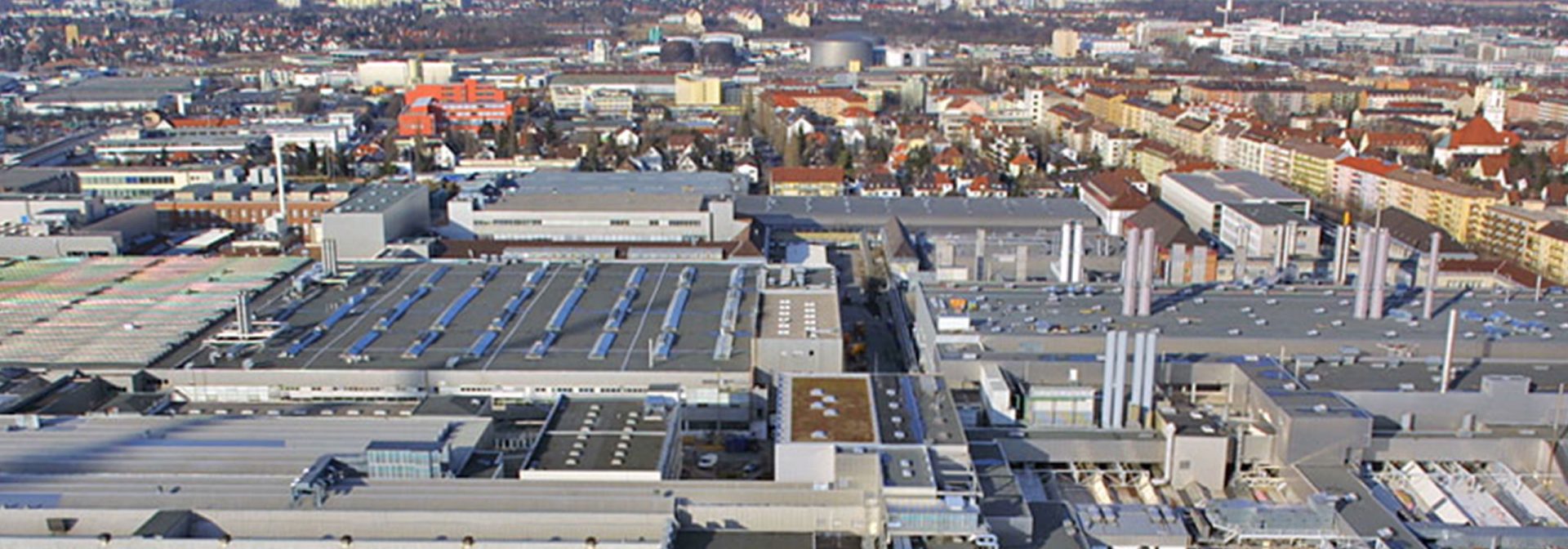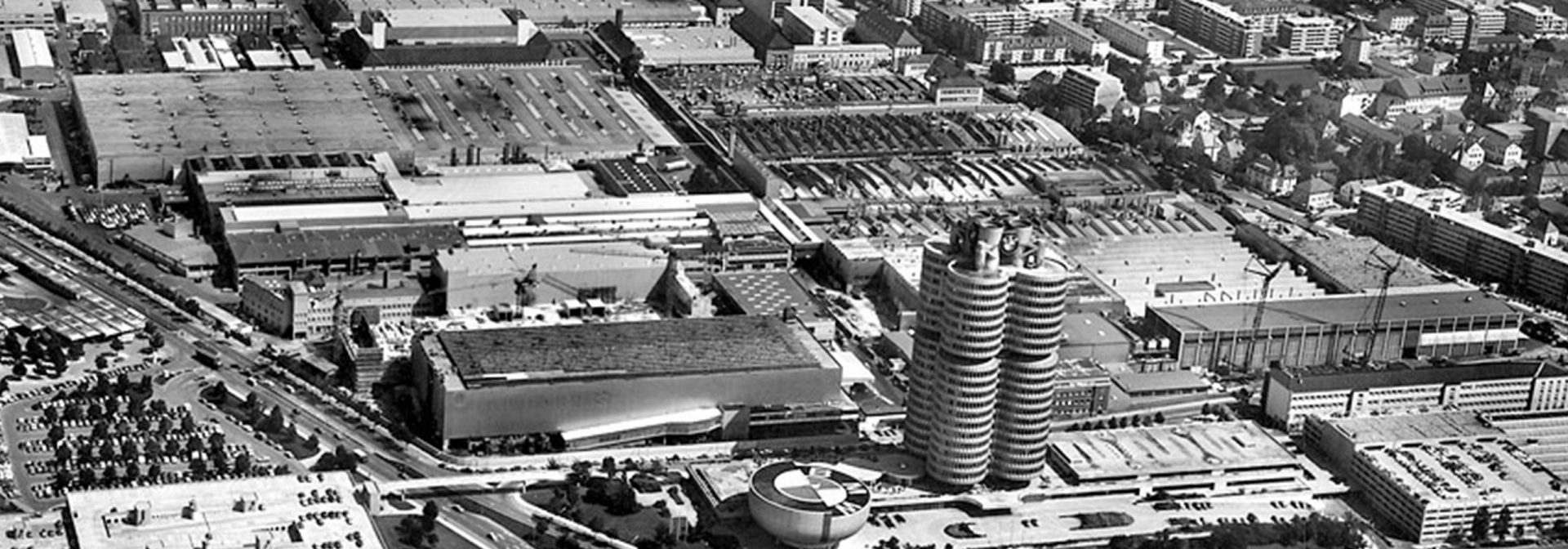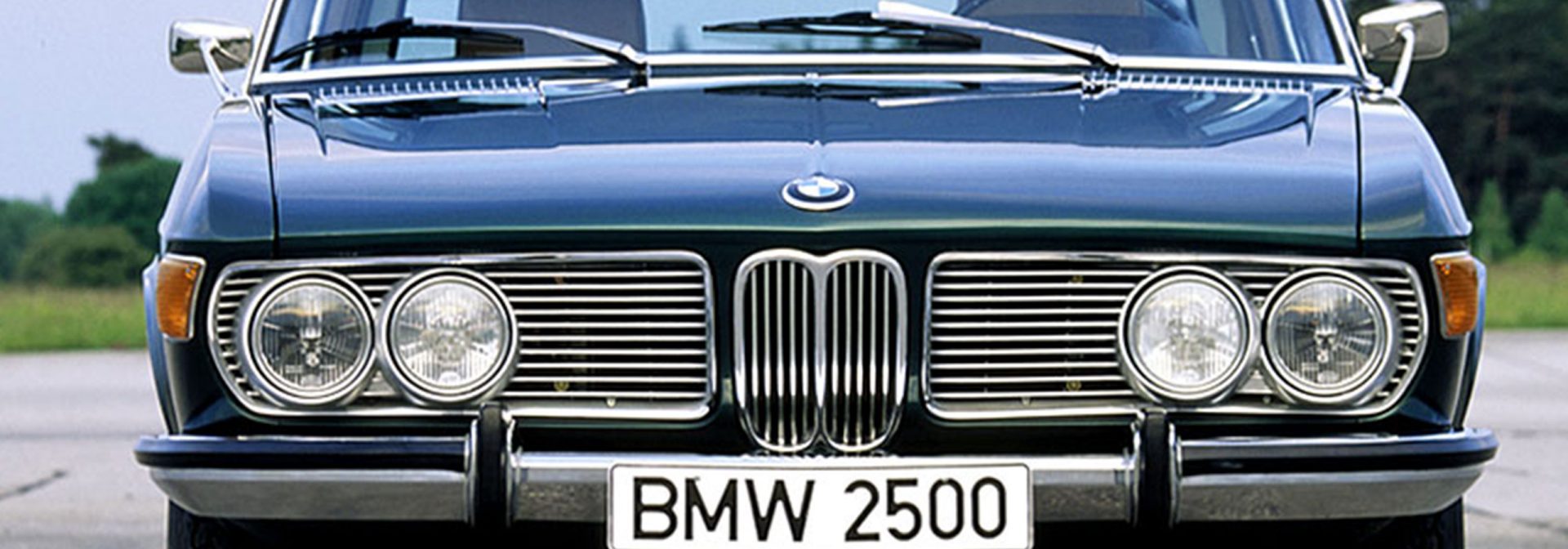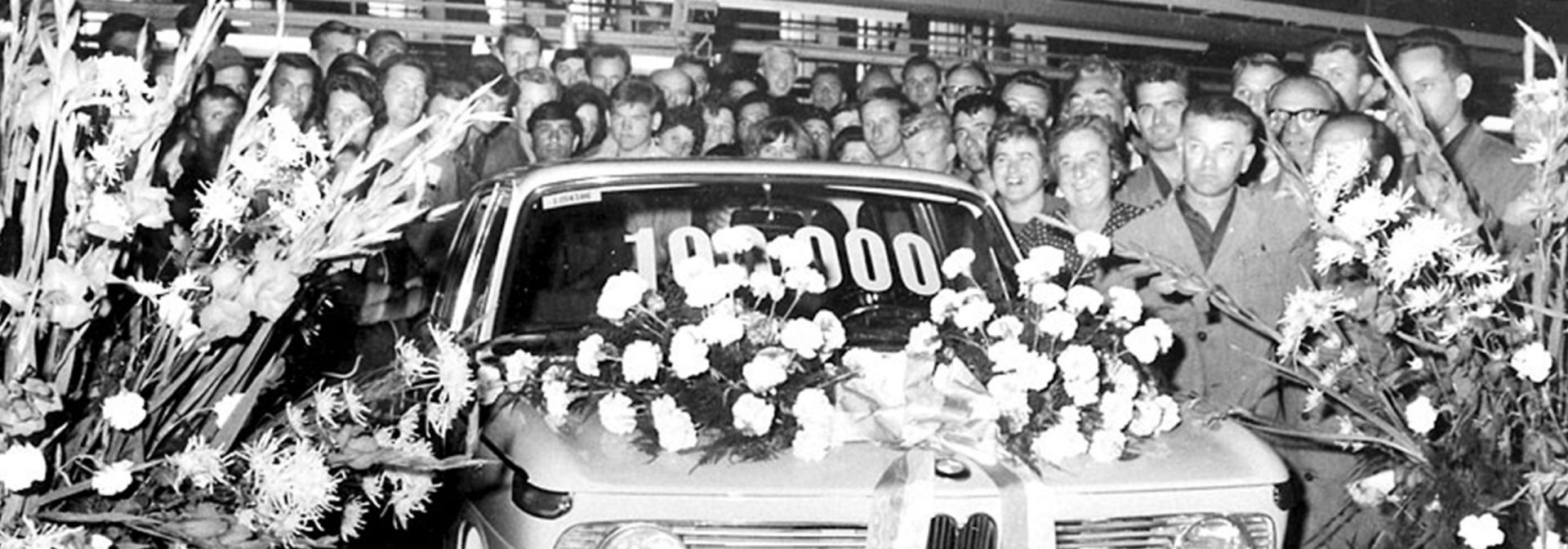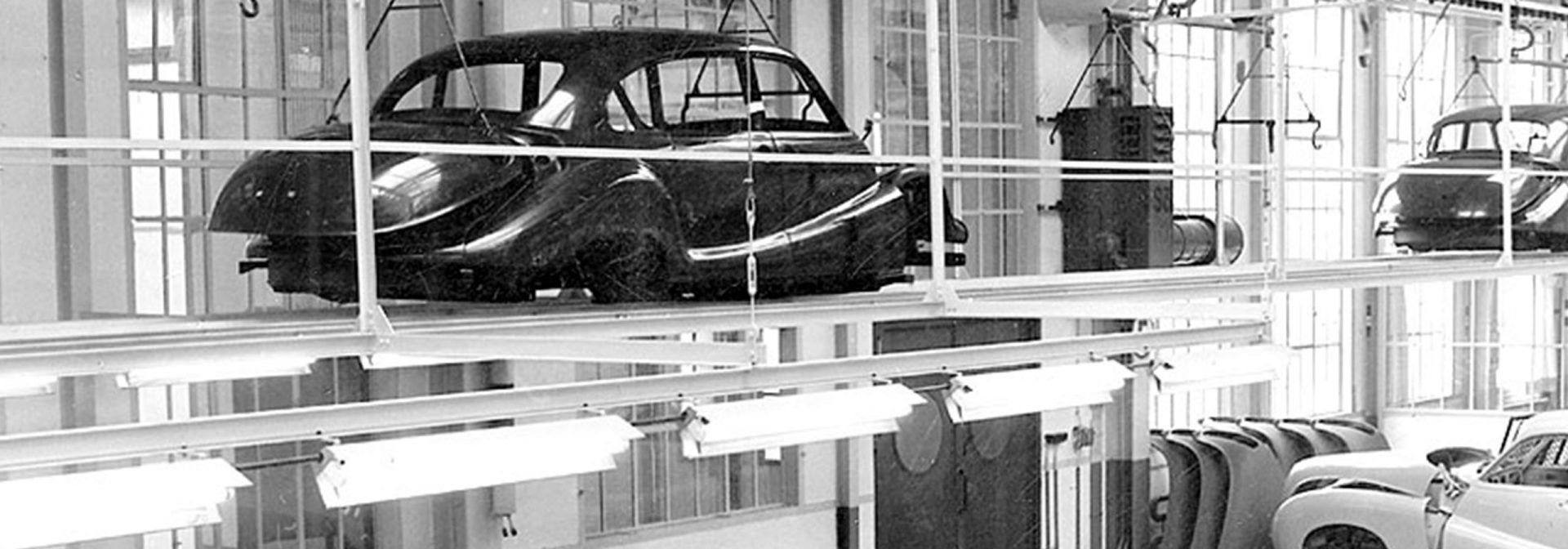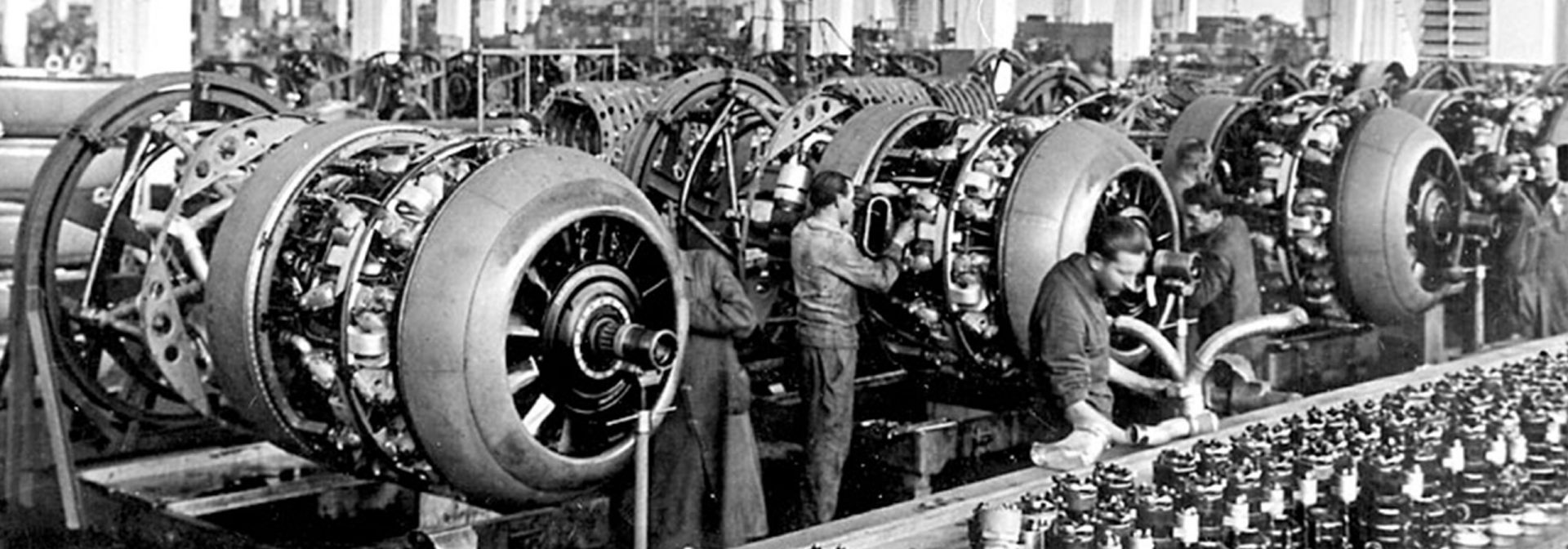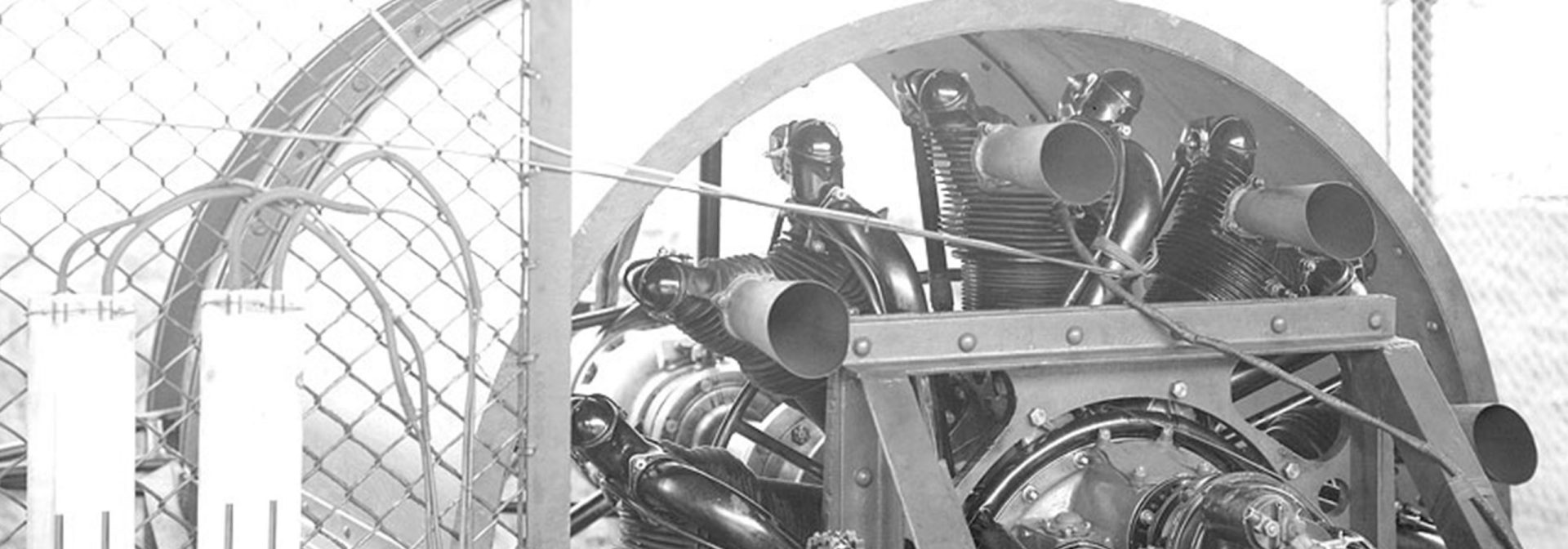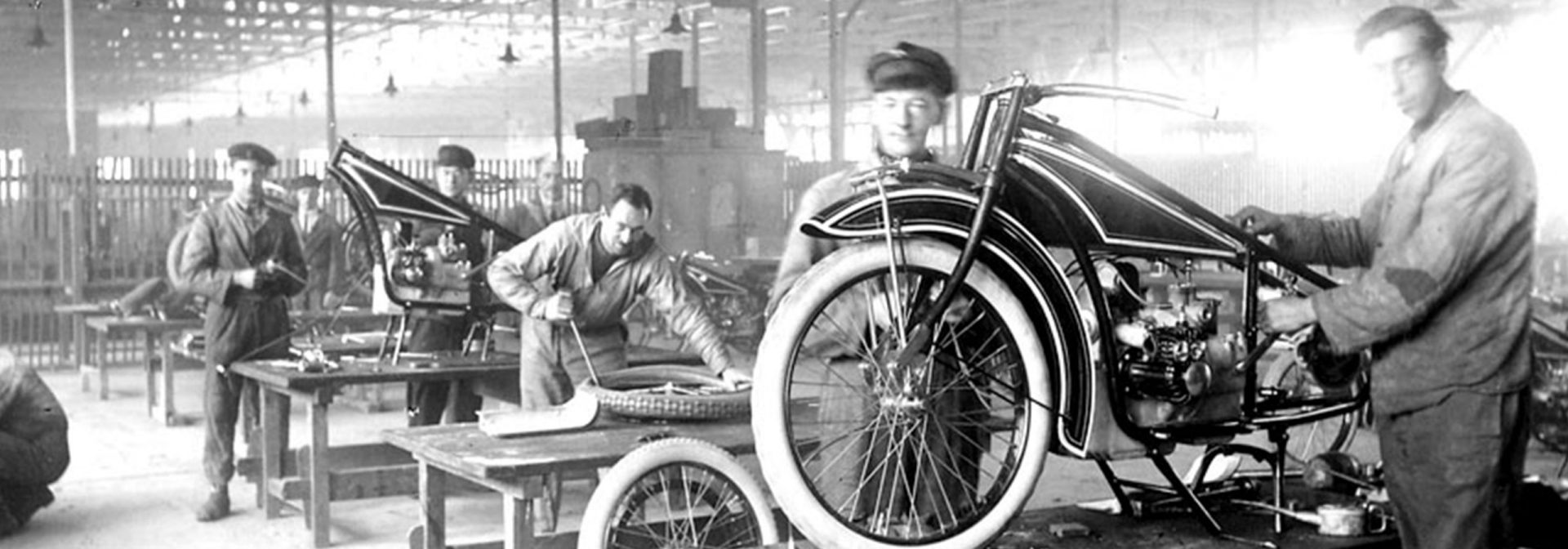The story began in 1916 with the construction of aircraft engines in Munich Oberwiesenfeld. Today's Munich plant was built 1922. After the Second World War began, in 1948, after six years break again the production of motorcycles and three years later automobiles: the first large sedans from the 500 series and small cars such as the Isetta. With the BMW 1500 in 1961 the decisive breakthrough succeeded: the first model of the new Range.
